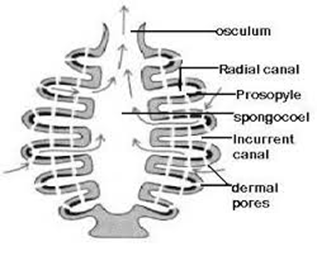Class 12 notes on Structure of Pollen Grains and function
Pollen Grains
What is Pollen Grain -
A very minute spherical structure present on the flower representing male gametophyte is known as Pollen Grains. Pollen Grains are the medium for fertilization i.e., the tiny body is swirling in the air and attach to the female part and promote pollination. Pollen Grains are approximately 25-50 micrometers in diameter.Structure -
Pollen has the outstanding feature of two-layered walls made in such a way that it shows a variety of patterns and at the same time also represents consistency in organization and chemistry. The outer layer is known as Exine, divided into two subparts, exine sexine, and exine nexin while The inner layer is thin and made up of cellulose and pectin known as Intine.Some chemicals are present on the outer wall of the pollen grains called Sporopollenin which is one of the most resistant organic material and is thought to be responsible for the preservation of pollen in fossil plants deposit. The sporopollenin is absent in one place where some pores are present through this pollen tube emerge out during germination on stigma.
The cell wall of the pollen grain is surrounded by a thin plasma membrane having distinct cytoplasm. After maturity, the cell of pollen contains two types of cell - vegetative and generative. The vegetative cell is having a big size with an irregular nucleus. Their function is to provide food to the Generative cell and nourish them.
The Generative cell has a dense cytoplasm with a distinct nucleus. Coming to this stage some species of the Angiosperms (60 to 70 percent) ' pollen is shed off and this process is known as 2 -cell stage. The remaining species generative cells develop and divide mitotically and give rise to two male gamete cells and hence the 3 - cell stage.






Comments
Post a Comment